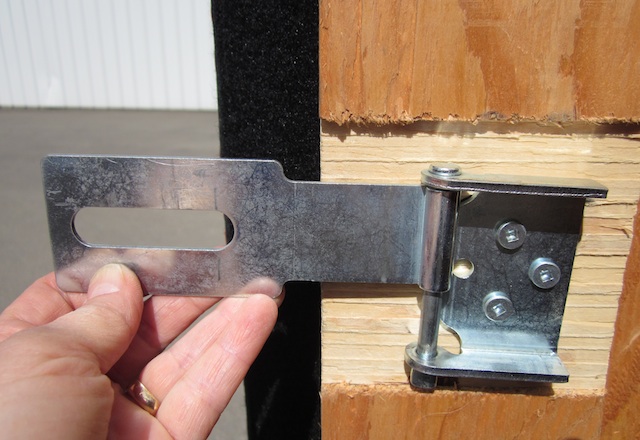Rebar, short for reinforcing bar, is a critical component in construction that enhances the strength and durability of concrete structures. By embedding steel bars within concrete, rebar helps to resist tension forces that concrete alone cannot handle. This article explores the significance of rebar in construction, its types, and its applications, as well as how it integrates with other materials like geotextile to improve overall structural integrity.
What is Rebar and Why is it Important?
Rebar, or reinforcing bar, is a steel bar used to reinforce concrete structures. Concrete is strong in compression but weak in tension. Rebar compensates for this weakness by providing tensile strength. This reinforcement prevents cracking, improves load-bearing capacity, and extends the lifespan of the concrete. Rebar is commonly used in foundations, bridges, and high-rise buildings.

What Are the Different Types of Rebar?
Rebar comes in various types, each suited to different applications:
- Mild Steel Rebar: Known for its ductility and flexibility, mild steel is often used in residential construction.
- High-Strength Deformed Rebar: Featuring ridges for better grip within concrete, this type is used in heavy-duty applications like bridges and large buildings.
- Epoxy-Coated Rebar: Designed for corrosion resistance, this rebar is ideal for structures exposed to harsh environmental conditions.
- Stainless Steel Rebar: Extremely resistant to corrosion, stainless steel rebar is used in environments with severe exposure to chemicals and salts.
How Does Rebar Work with Geotextile Materials?
Rebar and geotextile materials work together to enhance the stability and durability of construction projects. Geotextiles are synthetic fabrics used in soil stabilization, erosion control, and drainage applications. When used in combination with rebar, geotextiles improve the load distribution and reduce soil movement around the rebar, which helps maintain the structural integrity of the concrete. For instance, in retaining walls or road embankments, geotextiles can prevent soil erosion while rebar provides the necessary reinforcement to the concrete structure.
What Are the Common Mistakes to Avoid When Using Rebar?
Several mistakes can compromise the effectiveness of rebar in construction:
- Improper Placement: Rebar must be positioned correctly within the concrete to ensure it is effective. Poor placement can lead to weak spots and structural failure.
- Inadequate Cover: There must be sufficient concrete cover over the rebar to prevent exposure to environmental elements. Inadequate cover can lead to corrosion.
- Incorrect Spacing: Rebar spacing must adhere to design specifications. Incorrect spacing can affect the strength and load distribution of the concrete.
- Poor Quality Rebar: Using substandard rebar can compromise the strength and durability of the structure. Always use high-quality rebar that meets industry standards.
Rebar is a fundamental element in construction that enhances the tensile strength of concrete structures, ensuring their stability and longevity. Understanding the different types of rebar and their appropriate applications is essential for successful construction projects. Integrating rebar with geotextile materials further improves structural integrity by stabilizing surrounding soil and reducing erosion. Avoiding common mistakes in rebar installation ensures that the concrete structures remain durable and reliable over time.